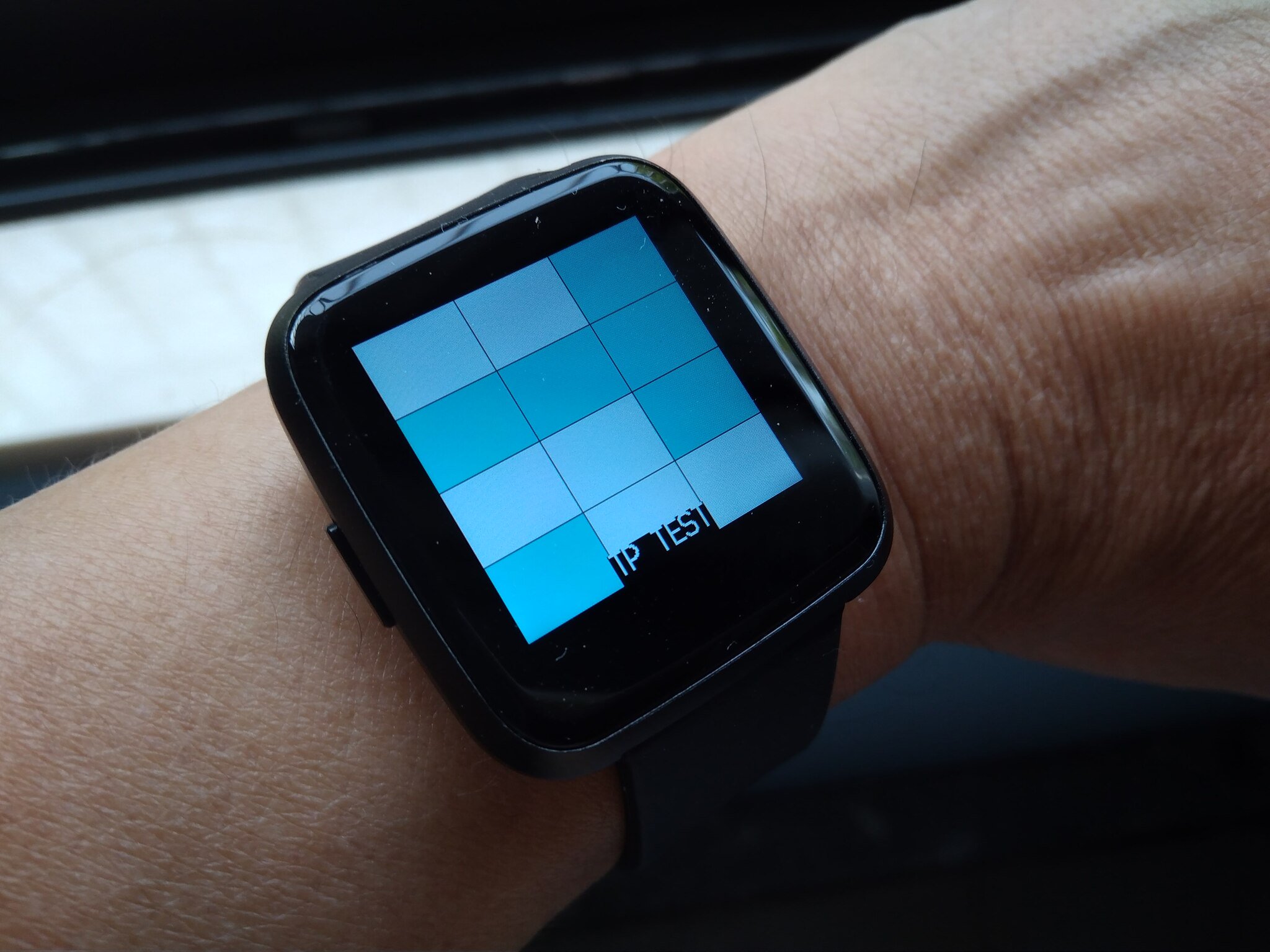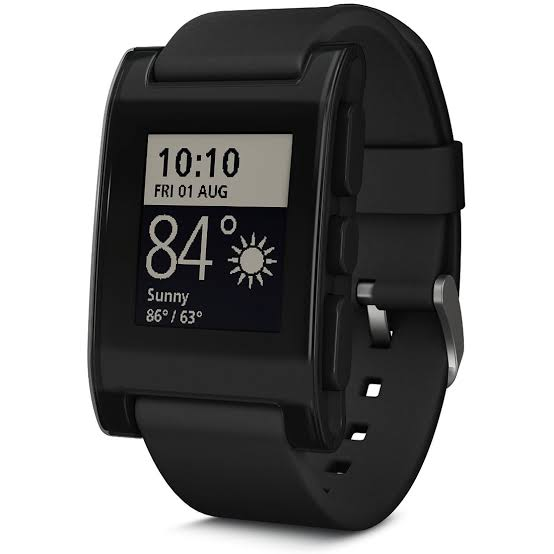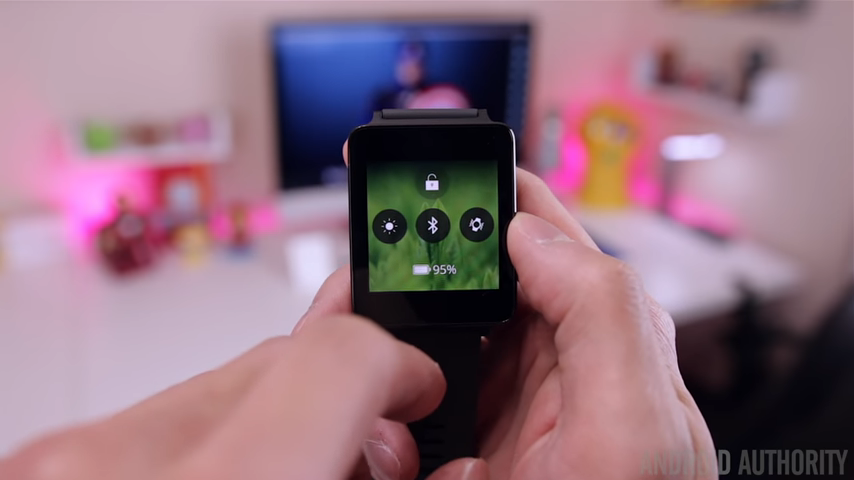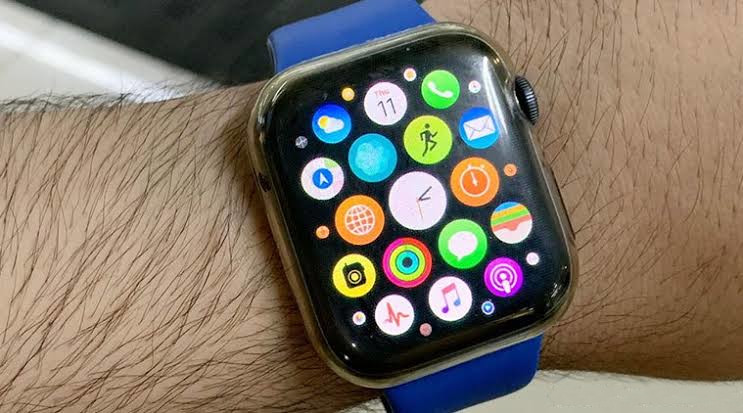Since Dick Tracy all the way back in ’46, smart watches have captured the public imagination. After several false starts, the technology has gone through a renaissance in the last 10 years or so. For the average consumer, there’s been a proliferation of hardware in the marketplace, with scores of different models to choose from. For the hackers, however, pickings are a little more slim. So what is the best smart watch for the tinkerers among us?
A New Offering

Recently, Pine64 announced development of their PineTime smartwatch. Eagle-eyed spectators quickly identified that early photos seemed to be of an existing product from AliExpress, though Pine64 have said that their device simply takes advantage of an existing chassis and body to cut down on production costs.
Internally, the device is reported to feature either an nRF52832 or nRF52840 system-on-chip, containing a 64MHz ARM Cortex-M4F CPU core. This should provide plenty of grunt, and there’s Bluetooth 5.0 Low Energy for connectivity purposes. Display resolution is 240×240, likely using an OLED screen.
It’s being touted as an open source project, capable of running various real-time operating systems. There’s been talk of implementing everything from FreeRTOS to Mbed, with the development community likely to shape the future of the platform.

There’s a lot of optimism here and of course it’s hard to say if they can deliver on the features or stick to a suspiciously low price of $25 USD being floated this early in the process. That’s a fairly compelling price for a ready-to-go smartwatch platform capable of running homebrew code. Do you remember seeing the Chronos watch from TI hit the market at $49 ten years ago? That one never gained widespread tracking, but tomorrow’s a new day. Interested parties should make themselves familiar with the Pine Time specification sheet and start contemplating the possibilities.
Pour One Out For Pebble
Once upon a time, the hacker’s favourite was easily Pebble. As a relatively open platform, anyone could develop for the device with a minimum of fuss. Apps like AutoPebble helped thousands more get the most out of the device, especially when used in combination with Android favorites like Tasker. Pebbles got to work in areas as diverse as sailing and home automation, while the userbase was free to customise their own watch faces to their heart content.

Unfortunately, it all went wrong. After a difficult few years, Pebble was bought out by Fitbit. This put an end to Pebble servers, as well as hardware production, with the ecosystem slowly dying off in the wake of the merger. Their innovative smartstrap hardware expansion system also failed to strike it big. A dedicated group remains, by the name of Rebble, that continues to hack on the platform in the absence of official company support. Through their work, it’s possible to keep using your Pebble despite the original servers shutting down in 2017. However, with no further units being manufactured, it seems unlikely for Pebble to flourish in the future.
There Are Other Options
We’ve seen other hacks for various smartwatches over the years, too. Way back in 2013, Sony put out a package of tools enabling developers to create their own firmware for its smartwatch at the time. We’ve also seen individuals take on the challenge, whether it was [Krzysiek] taking on the WeLoop Tommy or [Aaron] tinkering with the wide variety of NRF-based fitness bands available from AliExpress.

Other projects consist of larger communities coming together with a common goal. AsteroidOS aims to create an open-source software ecosystem for Wear OS-based smartwatches. OpenWatch aims to do much the same thing. These projects promise to unlock the features of top-of-the-range commercial smartwatches for eager hackers to play with. However, much development lies ahead before full support is reached for most hardware.
These efforts can net great results, but often the limited resources of lone hackers aren’t enough to keep up with the release schedules of new hardware. Combine that with the ever-looming threat of restrictive firmware updates from some manufacturers, and hours of hard work can easily be for naught.
What’s Missing?

Early smartwatches of the modern era were little more than Bluetooth-connected displays, relying on the tethered smartphone to provide processing power and access to peripherals. Fast forward to today, and devices like the series 5 Apple Watch have plenty of processing power, along with full-blown cellular modems onboard and gigabytes of storage. This enables them to operate entirely independently. With heart rate monitors, step trackers, and all manner of other gadgets, there’s not a whole lot you can’t get in a wrist-mounted computer these days.
Normally, hackers are the first to set about bringing new functionality to the fore. The smartwatch formfactor poses some difficulties, though. Many watches come with cases that are near-impossible to open without damage, and even those that do get in are unlikely to find space for additional hardware. Regardless, there will always be those that try.
With so much packed into modern devices, it’s difficult to make a case for hacking further functionality into a device on a hardware level. Nine times out of ten, it would make more sense to simply upgrade to a more well equipped model, rather than void a warranty and risk damaging an expensive watch. It’s not to say its impossible, just that the bar is set rather high.
So What Is The Best Hacker Watch?
Given the difficulties of hacking smartwatch hardware, it’s likely that most tinkerers are more interested in the software side of things. With that in mind, what do you think is the best hacker watch? Is it a platform that’s open from the start, like the PineTime, or does Pebble’s diehard developer community still give it the lead? Perhaps your tastes are for ultimate performance, in which case only the cutting-edge Wear OS devices will do. Whatever your thoughts, be sure to share them in the comments below!